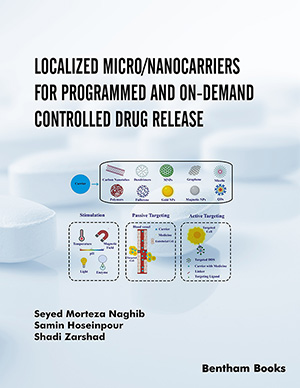Abstract
The study of quantitative structure-property relationships (QSPR) is important to study complex networks of chemical reactions in drug synthesis or metabolism or drug-target interaction networks. A difficult but possible goal is the prediction of drug absorption, distribution, metabolism, and excretion (ADME) process with a single QSPR model. For this QSPR modelers need to use flexible structural parameters useful for the description of many different systems at different structural scales (multi-scale parameters). Also they need to use powerful analytical methods able to link in a single multi-scale hypothesis structural parameters of different target systems (multi-target modeling) with different experimental properties of these systems (multi-output models). In this sense, the QSPR study of complex bio-molecular systems may benefit substantially from the combined application of spectral moments of graph representations of complex systems with perturbation theory methods. On one hand, spectral moments are almost universal parameters that can be calculated to many different matrices used to represent the structure of the states of different systems. On the other hand, perturbation methods can be used to add "small" variation terms to parameters of a known state of a given system in order to approach to a solution of another state of the same or similar system with unknown properties. Here we present one state-of-art review about the different applications of spectral moments to describe complex bio-molecular systems. Next, we give some general ideas and formulate plausible linear models for a general-purpose perturbation theory of QSPR problems of complex systems. Last, we develop three new QSPR-Perturbation theory models based on spectral moments for three different problems with multiple in-out boundary conditions that are relevant to biomolecular sciences. The three models developed correctly classify more than pairs 115,600; 48,000; 134,900 cases of the effects of in-out perturbations in intra-molecular carbolithiations, drug ADME process, or self-aggregation of micelle nanoparticles of drugs or surfactants. The Accuracy (Ac), Sensitivity (Sn), and Specificity (Sp) of these models were >90% in all cases. The first model predicts variations in the yield or enantiomeric excess due to structural variations or changes in the solvent, temperature, temperature of addition, or time of reaction. The second model predicts changes in >18 parameters of biological effects for >3000 assays of ADME properties and/or interactions between 31,723 drugs and 100 targets (metabolizing enzymes, drug transporters, or organisms). The third model predicts perturbations due to changes in temperature, solvent, salt concentration, and/or structure of anions or cations in the self-aggregation of micelle nanoparticles of drugs and surfactants.
Keywords: Carbolithiations, complex network, drug ADME process, markov chain, organic synthesis, QSPR/QSAR model, self-aggregation of drug micelle nanoparticles, spectral moments and perturbation theory.




















